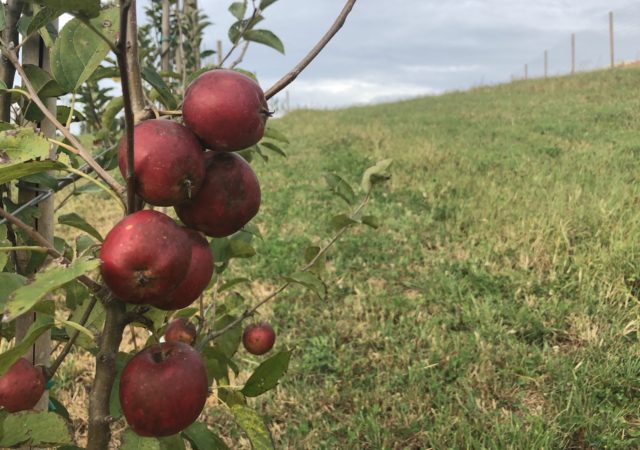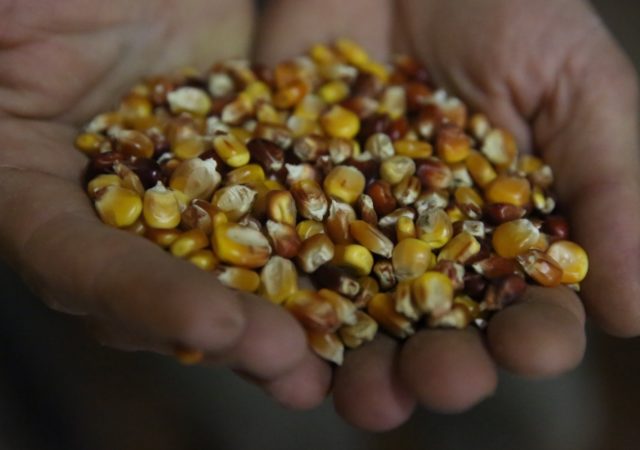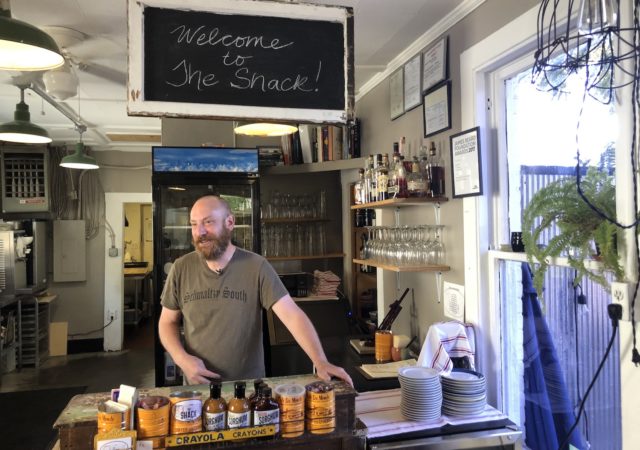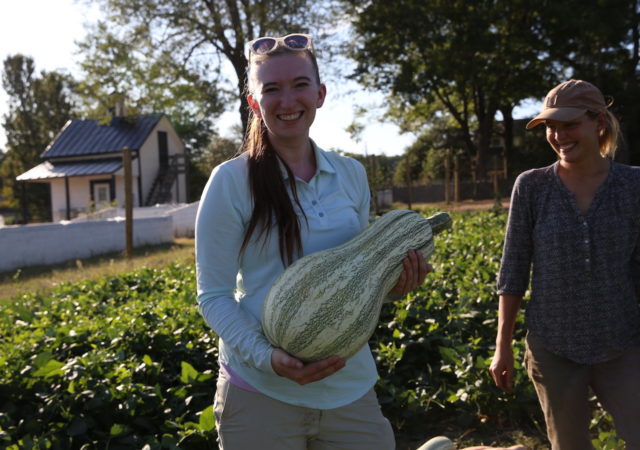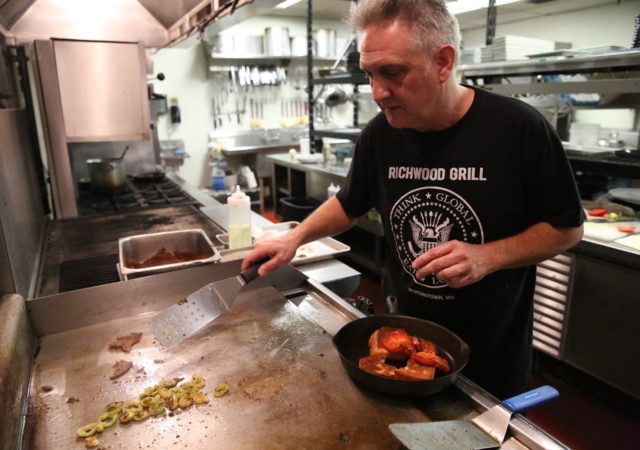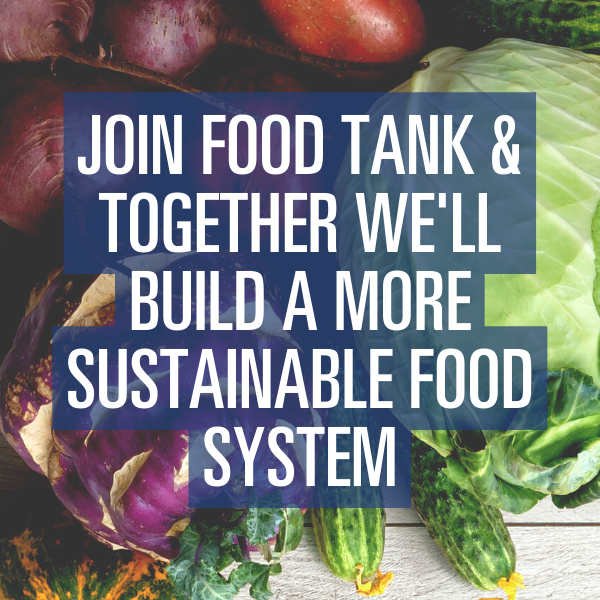A good cider doesn’t use just one apple variety. “Of course, you need one for the sugar to get alcohol fermentation going, but then you need some acidity, tartness, aroma—it’s like a recipe, and each cider apple gives a little something to the final product.”
Meet the Chef Serving Up Pork Schmaltz in Appalachia
“They talk about New York as a melting pot, but it’s really here, in the mountains,” Virginian Chef Ian Boden says.
The Chef Keeping Appalachian Food for Appalachians
Chef Marion Ohlinger works with local farmers to incorporate native Appalachian crops into his dishes while paying homage to other cuisines.


